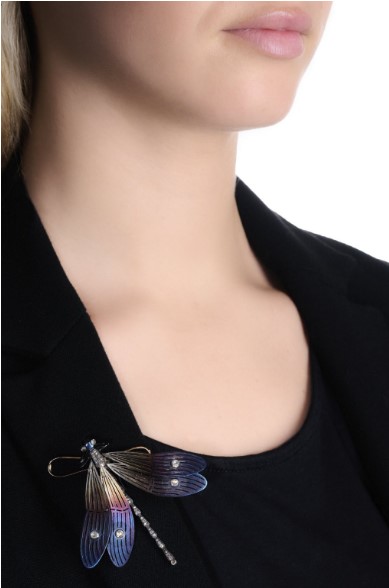The Allure of Lavender Jade
 |
Ancient & Modern
Jade is one such ancient gemstone--revered now as it was in its hoary roots. All similar looking stones were 'jade' in antiquity. Much later, it was determined that two distinct stones are jade--one being jadeite, the other nephrite. They have completely different mineral compositions but these fine points only came to the fore when scientific strides allowed gemologists to make this separation.
Colorful Jade
Many people generally assume jade to be some shade of green, when in actuality, it can range from verdant tones to those appearing white, yellow, black, red, orange and more.
Lavender jade is a fascinating color variation found in the jadeite family. Jadeite is described as having a vitreous to sugary luster--contrasted to nephrite's vitreous to silky-waxy luster.
 |
| Turkish lavender jade |
Technical properties aside, the lesser known lavender jade is a mesmerizing fine stone possessing an infinite number of subtle to obvious color shades. Notice each of the colors present on the pendant earrings from Doyle auctioneers at the top of this post. Each stone is a completely separate color--some lighter, some showing more intense purple.
Finding the Real McCoy
Perhaps because lavender jade occurs less frequently in nature, suppliers in certain regions have taken to dyeing light or whitish jade to appear lavender. Under a microscope however, concentrated dye residue usually collects along fissure lines and other cut places so one can often detect the treatment.
Feminine, Modern and Luscious
With regards to natural jadeite, the green varieties have held pride of place with Asian collectors for centuries. With so much of the material originating in their region--they have become the cognoscenti of this stone. Modern jewelry fans have taken a bit longer to warm up to the lavender variety. It's a luscious feminine gemstone material that should enjoy greater popularity---will it start with you?


Comments